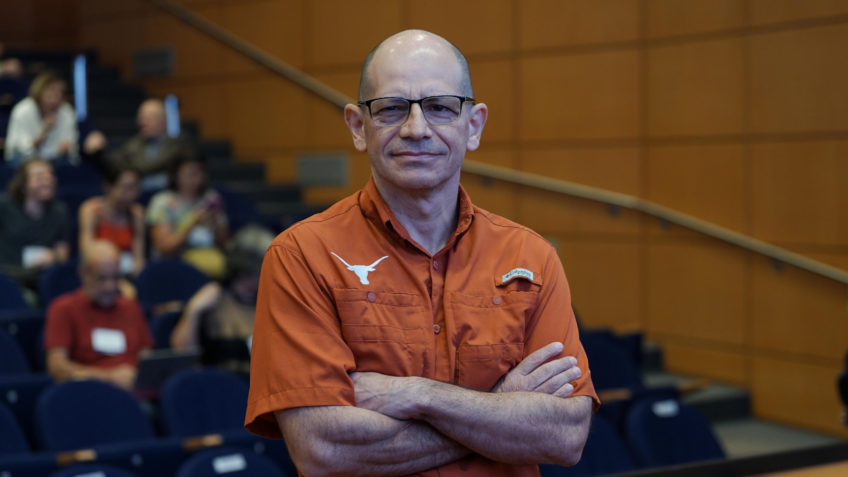
Smithsonion Tropical Research Institute found that events changed the concentration of CO2 in the atmosphere and favored the emergence of forests on the continent
The fall of an asteroid 65.5 million years ago and the uplift of the Andes throughout the Cenozoic era were essential in shaping the physical structure and plant composition of South American biomes. The conclusion is from the chief paleobiology scientist of the STRI (Smithsonian Tropical Research Institute), Carlos Jaramillo.
His studies were presented at the 4th Fapesp Conference (Foundation for Research Support of the State of São Paulo) last Monday (May 27, 2024).
According to the scientist, “the Cretaceous period was characterized by forests without a closed canopy, composed mainly of gymnosperms [plantas com sementes nuas, ou seja, não envolvidas por frutos] and fetuses [plantas vasculares que apresentam verdadeiras raízes, caules e folhas e que se reproduzem por esporos, como a samambaia]in sharp contrast to the multi-tiered, angiosperm-rich tropical forests that emerged after the megadisturbance that marked the end of the Cretaceous [e da era Mesozoica] and the beginning of the Paleogene [e da era Cenozoica]”these.
This mega-disturbance was caused by the impact of a large asteroid, approximately 65.5 million years ago. The fact caused a mass extinction, which eliminated a large part of living beings, including the large reptiles (dinosaurs and others) that had dominated the previous period, and reconfigured the planet’s biodiversity. “This singular event altered the entire evolutionary trajectory of the Earth”stated the researcher.
During the Cretaceous, the concentration of CO2 (carbon dioxide) in the atmosphere was much higher than today, contributing to the existence of significantly higher global average temperatures. These conditions favored the dominance of gymnosperms and large ferns.
The subsequent decrease in CO2, particularly during the Neogene, promoted the expansion of angiosperms, which dominate tropical biomes today. Another important change, which occurred progressively throughout the Cenozoic era, was the greater differentiation of ecosystems, with a 30% reduction in the tropical rainforest.
COOLING THE PLANET
“This accompanied the drop in CO2 levels in the atmosphere and the consequent cooling of the planet”, explained Jaramillo. After the Eocene, several new biomes, such as tropical dry forests, savannas, and montane forests, began to appear and expand, reshaping the South American landscape.
Converging with changes in the global climate, a geological process of enormous proportions contributed to this reconfiguration: the uplift of the Andes, which occurred throughout the Cenozoic. This process not only remodeled the physical landscape on a large scale, but also had direct implications for the distribution of rainfall and the emergence of new biomes.
The uplift altered atmospheric circulation patterns and created barriers that resulted in a great diversity of microclimates. One of the resulting formations was the Colombian Páramos – an altitude biome, composed of grasses and dwarf trees, often cloudy, which is a major supplier of water for the population.
Jaramillo showed that, at the same temperature level, different rainfall regimes can cause changes in ecosystems ranging from tropical rainforest to dry forest, savannah and desert.
The convergence of these geological and climatic events not only shaped the physical structure and floristic composition of South American biomes, but also influenced ecological processes such as seed dispersal, interspecies competition, and predator-prey interactions.
The connection between geology and climate continues to be a dynamic factor in the evolution of biomes, highlighting the complexity and interconnectedness of natural systems.
With information from Agência Fapesp.
Source: https://www.poder360.com.br/meio-ambiente/asteroide-e-andes-moldaram-ecossistema-sul-americano-diz-instituto/

